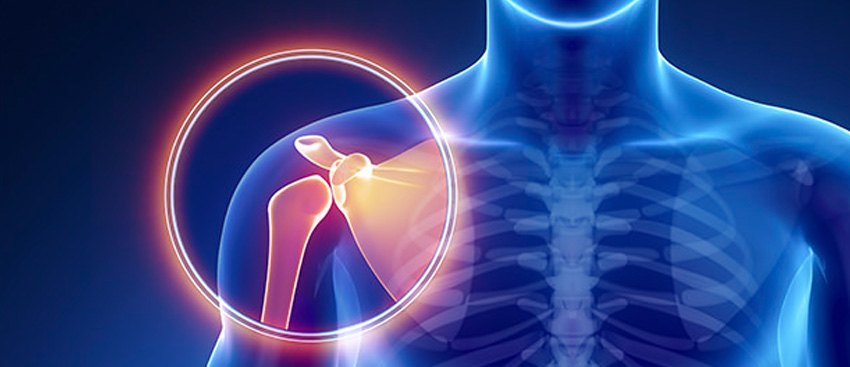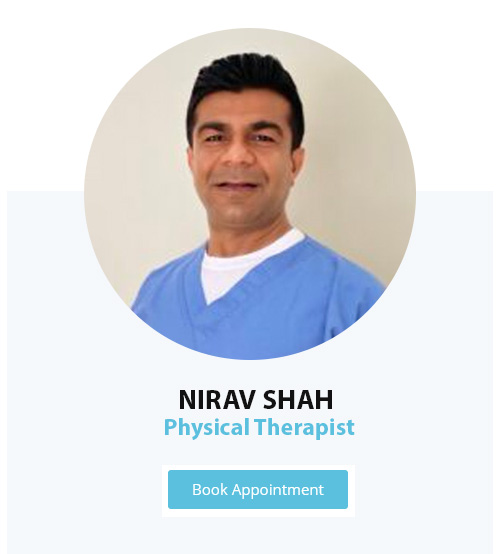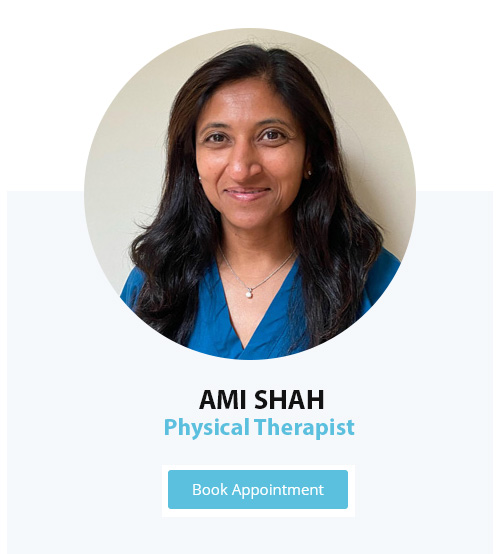
The shoulder region is made up of a few joints. The shoulder joint has a maximum freedom of movement of all other joints in your body. As it has more freedom of movement it is more common to get hurt. Most shoulder injury problems can be solved conservatively without surgery. If you have shoulder pain or your shoulder is getting stiff its time to seek help from an orthopedic physical therapy.
Evaluating Shoulder Problem and Physical Therapy:
Physical Therapists at New Age Physical Therapy will thoroughly examine your shoulder and take your medical history. Depending on the severity of your condition our therapists will refer you to a physician for more medical review, medication and imaging studies if necessary. Your physician may give you anti-inflammatory medication along with physical therapy, a shot of cortisone or order an MRI, CT Scan as necessary.
Physical therapists will develop a customized treatment plan depending on your condition to relieve your pain, improve movement and improve your flexibility and strength. You will be also advised for any precaution and modification of daily living activity to make your recovery faster.
- The Shoulder:
The Shoulder joint is composed of three bones: the clavicle (collarbone), the scapula (shoulder blade) and the humerus (upper arm bone). The gleno-humeral joint (shoulder joint) is a ball and socket type of joint. The bones of the shoulder are held in place by muscles, tendons, and ligaments. The shoulder is the most mobile and least stable joint in the body. Listed below are common shoulder problems.
- Rotator cuff and related injuries:
The rotator cuff is made up of muscles and tendons. It helps your shoulder to move and stay stable. Rotator cuff injuries are the most common causes of shoulder pain and stiffness at all ages. Rotator cuff shoulder injuries include tendonitis, bursitis and tears.
Tendonitis is an inflammation of tendon. It can develop from sports, repetitive overhead activities. It can also develop from degenerative joint problems like osteoarthritis.
Bursitis is inflammation of one or more bursa. Bursa is fluid filled sacs that protects us from friction between bones and gives cushion between bones and tendons.
Most common rotators cuff tear happens to the supraspinatus muscle. Untreated tears can weaken the arm; prevent you from doing overhead activities. It hurts normally doing certain movement and also wakes patient up in the night due to pain.
About half of the time, a rotator cuff injury can heal with self-care and skilled physical therapy.- Impingement Syndrome:
Tendonitis and impingement syndrome are often accompanied by inflammation of the bursa sacs that protect the shoulder. Bursitis can happen with overuse injuries that could be work related, sports related or arthritis. In this cases normally pain increases reaching overhead, abducting arm, doing rotations.
- Labral Tears:
The labrum is a type of cartilage found in the shoulder joint. Function of the labrum is to deepen the socket. Defects in labrum can cause instability, subluxation or dislocation in severe cases. There are different types of labral tear but most common is SLAP lesion/tear.
SLAP is an acronym that stands for “superior labral tear from anterior to posterior. The SLAP tear occurs mostly by fall on outstretched hand, repetitive overhead activities, lifting heavy object.
- Frozen Shoulder:
Frozen shoulder, also called adhesive capsulitis, causes pain and stiffness in the shoulder. It is common between ages 40 and 60. In frozen shoulder, capsule of joint becomes thick and tight.
It can happen after any immobilization (not moving shoulder) due to pain or shoulder injury, in diabetic patient or patient with hypothyroidism, hyperthyroidism, Parkinson’s disease or without any known cause. Usually patient feels dull pain around shoulder, arm and has stiffness especially in overhead activities and rotations. More than 90% of patients improve with Physical Therapy to control pain and restore motion.
- Arthritis:
Osteoarthritis is the wearing down of cartilage that allows bones to glide smoothly within the joints, and can occur with aging, trauma or overuse injury. Patient may experience pain, morning stiffness, restriction in movement and weakness.
- Subluxation and Dislocation:
Dislocation is when ball of joint comes out of socket. If it’s partially out then it is called subluxation. Chronic subluxation leads to instability in joint and pain. Physical Therapy is to train the shoulder muscles to control the shoulder and prevent further instability.
- Shoulder fractures:
Shoulder fracture usually happens from trauma like fall, direct blow to the area, motor vehicle accidents. It can be treated conservatively or surgically depend upon type of injury. However it is treated patient must need physical therapy post shoulder fracture to avoid post immobilization complications like pain, stiffness, weakness.
- Surgery:
Post-operative Physical Therapy is essential for recovery process. Post-operative physical therapy is important to decrease pain regain shoulder movement and strength. Your therapist will work closely with your surgeon or their protocol to meet your needs and faster recovery. Your therapist will ensure that you perform your exercises correctly, give you advice on body mechanics, and give you home exercise program.
If you have any other question regarding your condition please feel free to call our office and one of the physical therapist will be happy to answer any question you may have.


